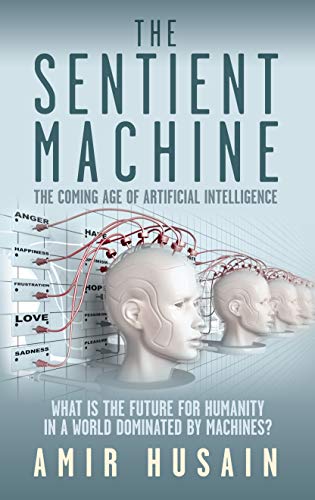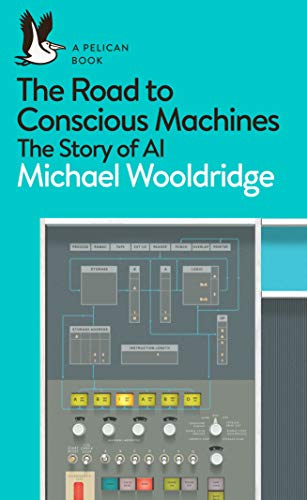In recent years, Artificial Intelligence has become a major talking point, largely thanks to the impressive capabilities of Large Language Models like ChatGPT and Google Gemini.
Much of the discussion surrounding Artificial Intelligence involves speculation about when Artificial General Intelligence (AGI) might emerge, especially given the rapid improvements in current AI models.
In this post I want to explore what is actually meant by the term Artificial General Intelligence.

What is Artificial General Intelligence?
Artificial General Intelligence (AGI) refers to AI that possesses general intelligence comparable to that of a human. This means it can understand, learn, and apply its knowledge across a wide range of tasks and subjects. Crucially, it is also likely capable of setting its own goals.
Imagine an AGI system capable of not only understanding complex scientific papers but also designing experiments, forming hypotheses, and collaborating with human researchers to make new discoveries. This is a positive example and one I would hope we are working towards achieving.
Achieving Artificial General Intelligence will likely require the following technological breakthroughs:
- Deep learning. A machine learning technique developed around 2011, has led to major breakthroughs such as Large Language Models.
- Consciousness, enabling it to experience subjective thinking and form its own perspective.
If these criteria prove accurate, and Large Language Models(LLMs) achieve the required level of deep learning, we may be halfway to achieving AGI.
There are a couple of points to consider regarding consciousness.
Firstly, there appears to be no consensus that it is required for Artificial General Intelligence.
Secondly, how can we prove consciousness? This remains a significant philosophical challenge, one that philosophers have grappled with for millennia. While I know I am conscious, I cannot definitively prove that you are; I can only assume it, as we are both human.
But should we make the same assumption for AI? The very basis of their existence is fundamentally different from ours.
Artificial General Intelligence V Narrow AI
Most AI systems today are designed for specific, narrow tasks. Examples of Narrow AI include:
- AlphaCode an AI developed by Google DeepMind to write computer code.
- AlphaFold an AI developed by Google DeepMind to predict the proteins produced by any living organism that has had its genome mapped.
Human intelligence spans a wide range of domains, with performance at a human level. Therefore, AGI will need to be what is known as Wide AI – an AI capable of performing a multitude of tasks. Currently, all AIs that operate at or beyond human-level ability are focused on a narrow and specific domain.
Even Large Language Models primarily focus on predicting the next word in a sequence. However, new abilities, such as the ability to code, are emerging. This suggests that the capabilities of Large Language Models are beginning to broaden, hinting at a potential move towards more general intelligence.
But could Large Language Models evolve into Wide AI?
When might Artificial General Intelligence emerge?
While there’s no firm consensus, current predictions estimate that AGI could emerge between 2027 and 2040. It’s important to note, however, that these predictions vary considerably.
Even if AGI never fully emerges, the impact of AI will be significant, affecting many people’s lives. Like any technological advancement, it can be used for both beneficial and detrimental purposes.
Therefore, it is in everyone’s interest to stay informed about the evolution of AI and to ensure that large technology companies are not taking undue risks. We can do this by making our politicians aware of our concerns.
That is why I aim to continue to publish content around AI with the aim of improving our understanding of this complicated technology, including my own. Be part of this journey and subscribe to our weekly Newsletter.
Further reading
- Amir Husain, The sentient machine
- The Sentient Machine: Key Takeaways on AI, Humanity, and Our Future
- Danny Sullivan, will we reach the singularity by 2025
- Michael Woolridge, The road to conscious machines
- Introductory guide to Large Language Model
- Thriving Alongside AI in 2025: Essential Skills for the Age of Intelligent Machines


